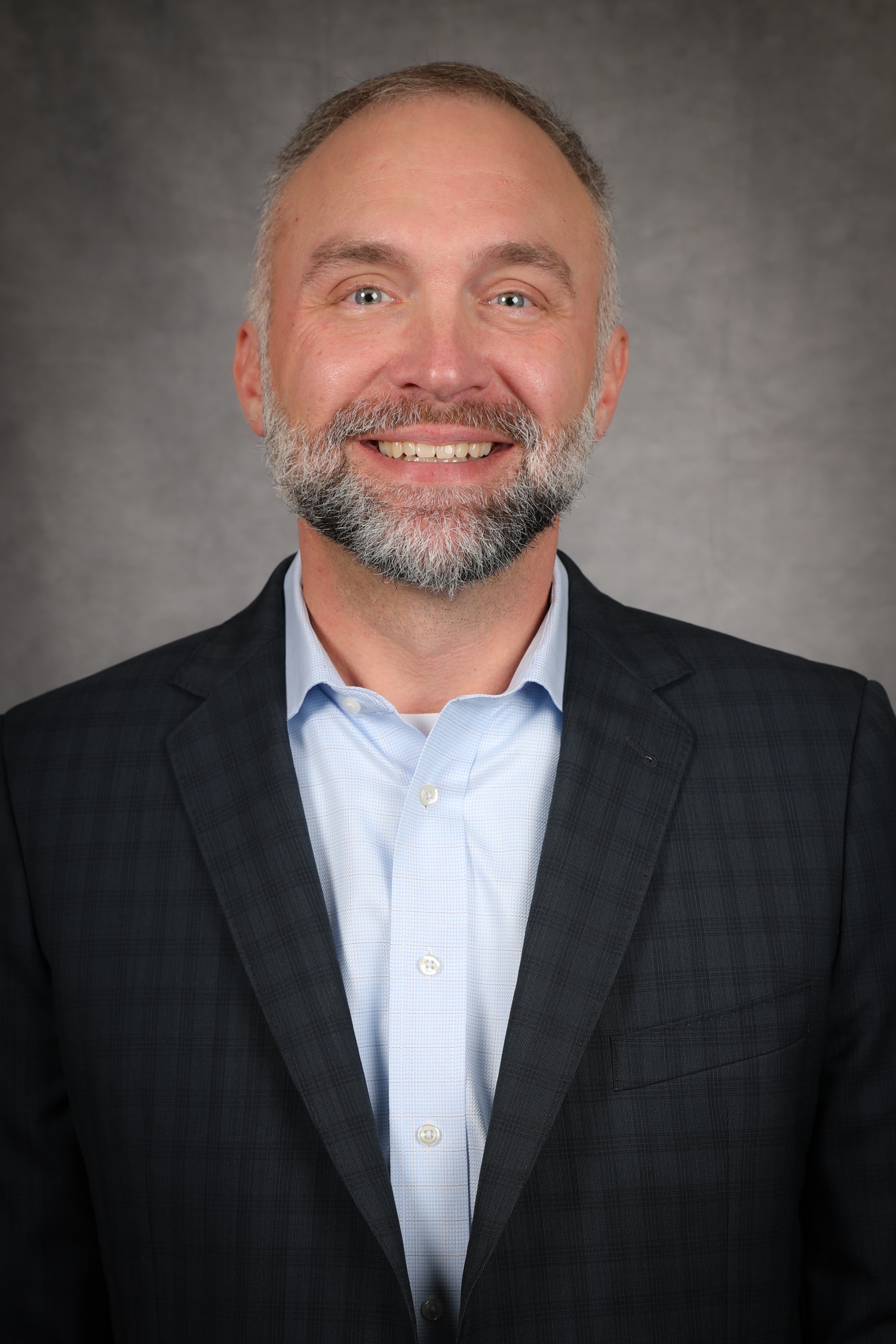
Clifton Booth had long considered becoming a living kidney donor, but he wasn’t sure it was the right course of action for him. Then, in fall 2017, he encountered an acquaintance who had been a donor and encouraged Booth to consider it.
“I called and talked to him and asked him questions,” said Booth, 47. “During the spring, I prayed about it and felt led to it.”
Even as the Trussville, Ala. resident took the initial steps to become a donor, Booth wasn’t certain. “When I went to UAB for testing, I noticed there were 73 people signed in to get tested to receive a kidney and only three signed in to donate a kidney,” he said. “I understood the need, but I still wasn’t sure.”
Booth’s hesitance was understandable, in part because his kidney wouldn’t be going to a friend, relative, or acquaintance. A stranger would be the recipient of his gift. “Before I donated my kidney, I was waiting on a sign,” he said.
One day, Booth slid into the driver’s seat of his car and turned on the engine. He never listened to the radio, but his wife had driven the car the night before and left the radio on.
“I sat there having second thoughts, and an ad came on for a charity,” he recalled. “It said, ‘Donate today. Someone needs you.’” Later that day, while waiting to renew his driver’s license, an informational video played on a nearby monitor. Its message: “Don’t wait. Donate today.” Booth was floored. “Those were two signs in one day.”
The kidney chain
As a person who didn’t have a direct connection to someone in need of a kidney transplant, Booth helped support what’s called a kidney chain. Often, patients in need of transplants have willing donors, but the donor kidneys aren’t compatible with the intended recipients because of tissue and blood types.
“We have a database of people who need transplants and have unmatched donors,” said Michael Hanaway, M.D., a surgeon with the UAB Comprehensive Transplant Institute (CTI). “By plotting out different combinations of recipients and donors, we can perform a sequence of transplants that ensures that all recipients receive a kidney from a living donor.”
Booth’s donation allowed his recipient’s donor to give a kidney to an unrelated recipient, then that recipient’s donor donates to yet another recipient, and so forth. Dr. Hanaway said a kidney chain can include 3-12 donor/recipient pairs, noting that the UAB CTI has the longest continuous kidney chain in the United States.
Risks and rewards
Dr. Hanaway outlined two sets of risks for living kidney donors; one relates to the risk of surgery and surgical complications. “Complications are not zero, but we think the operation is safe, the complication rate is low, and the recovery is very quick,” he said. “Most donors are discharged from the hospital after two or three days and recover at home for 4-6 weeks, but 80-90% of patients recover within three weeks.”
Booth was one of those patients. “I donated my kidney in July 2018, went back to work a week later, and was mowing grass in the Alabama heat two weeks later,” he recalled. Three weeks later, he was able to go out to dinner with his recipient, a 911 emergency control center supervisor, and her family.
The other set of risks relates to that of living with one kidney for the rest of the donor’s life. This includes a slightly elevated chance of high blood pressure and, for women of childbearing age, a higher risk of pregnancy complications. Notably, the donor’s remaining kidney typically increases in size to compensate, and kidney function returns to 70-80%.
Dr. Hanaway emphasized that these risks are why potential donors are thoroughly screened before they are accepted into the program. “It’s important that donors are healthy for their age and that they don’t have high blood pressure, diabetes, or other chronic medical problems that would affect their kidney function over time,” he said. “Those who are younger have to be extremely healthy, because they have more years to live with only one kidney.”
The donation process
When potential donors contact the UAB CTI, they are referred to an online screening form that asks for their medical history, and the completed form goes to transplant coordinators for review. If the person meets the criteria for donation, they then come to UAB and meet with a surgeon, nephrologist, and social worker. They also meet with a donor advocate – someone not affiliated with the transplant whose job it is to protect and promote the interests of the donor.
Next comes a battery of tests. “I spent one whole day getting tested, including blood tests and a CT scan,” Booth said. “UAB makes it really easy.” Then, the transplant team reviews the results and decides if the person is a viable potential donor.
Booth said the surgery itself was straightforward. “The surgery is laparoscopic, so I ended up with a few little puncture holes in my abdomen and a C-section-like scar below my waist,” he said. “There was zero cost, since my recipient’s insurance paid for the surgery and the UAB pharmacy gave me the medication I took home.”
Looking back, Booth has zero regrets. In fact, he wishes he could give another kidney. “It was such a wonderful experience,” he said. “Ultimately, you’re giving someone their life back. My recipient had a nine-year-old daughter, and I hope someone would do the same for me, my wife, or one of my six sons if the need arose.”
